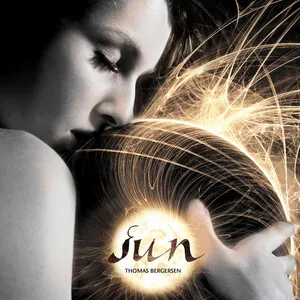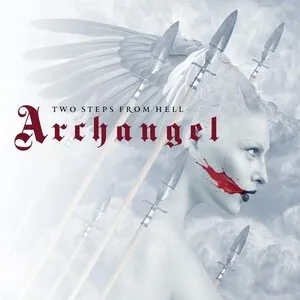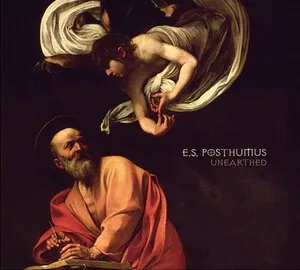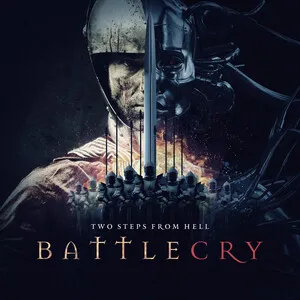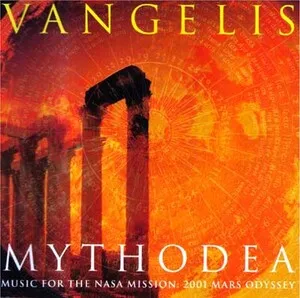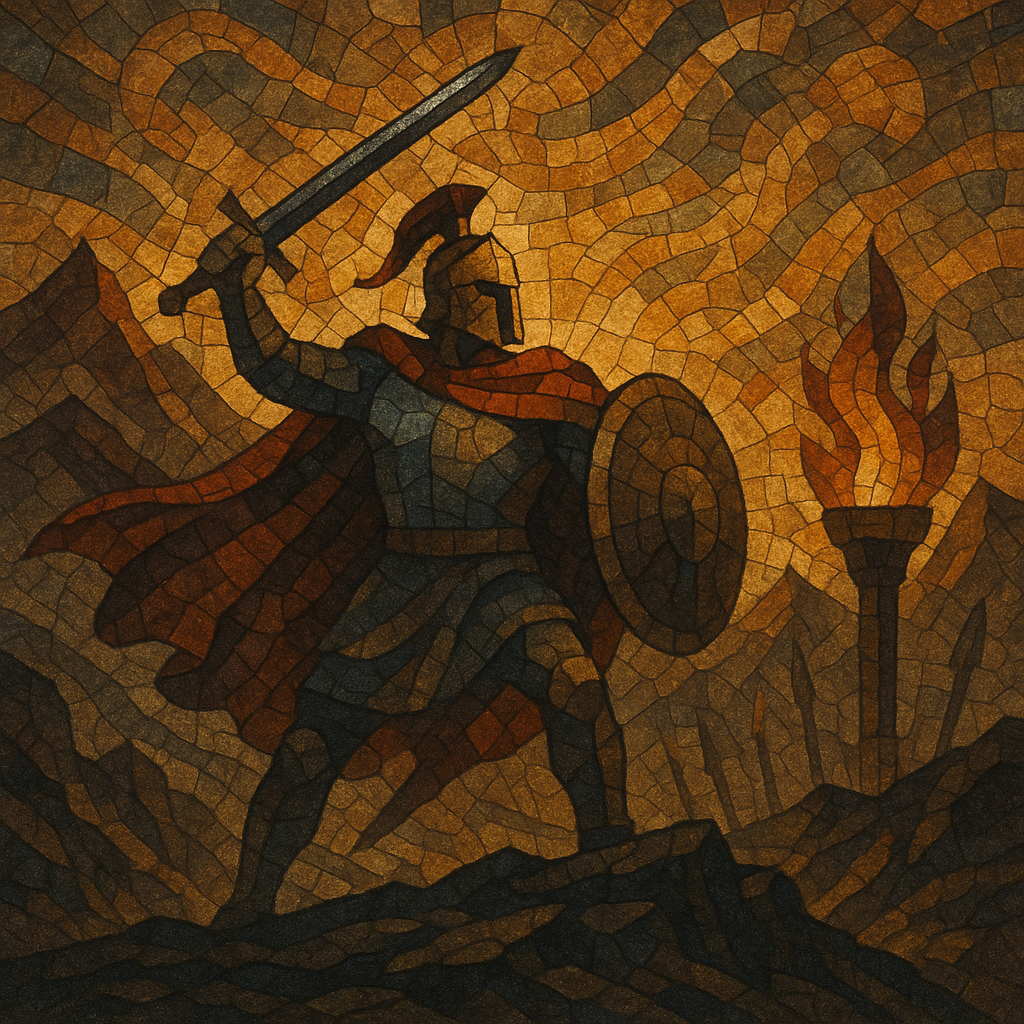
Epic music is a modern, production-oriented orchestral style designed to evoke awe, scale, and cinematic impact. It fuses the language of film scores—soaring strings, heroic brass, thunderous percussion, and choir—with contemporary sound design such as braaams, risers, and hybrid electronic elements.
Originally emerging from trailer-music houses, the genre prioritizes dramatic arcs and clear, escalating structures tailored to short-form media. Pieces often build from a low, pulsing ostinato to a towering climax with layered melodies, heavy drums, and choral chants, aiming to inspire, energize, or convey high stakes in a matter of minutes.
Epic music took shape in the late 1990s and 2000s within the trailer and advertising sectors of the film industry in the United States. Library and production-music companies began composing "immediate impact" orchestral cues that distilled the emotional high points of film scores into short, modular tracks. Drawing on late-Romantic orchestral idioms, choral writing, and blockbuster film scoring techniques, these cues prioritized massive dynamics, clear form, and instant memorability.
As big-budget trailers demanded ever-larger sonic spectacles, specialized houses refined a recognizable toolkit: string ostinatos, heroic brass themes, colossal drums (often taiko-styled), dramatic choir, and sound-design impacts, whooshes, and the iconic "braaam" blast. Companies like Immediate Music, Two Steps From Hell, and Audiomachine popularized the style across Hollywood campaigns, video game trailers, and TV promos.
With the rise of YouTube and streaming platforms, epic music escaped the confines of licensing catalogs and found direct audiences. Compilation channels, fan edits, and gaming communities amplified the genre’s reach, while solo composers and boutique labels released public albums. The style diversified into sub-moods—uplifting, heroic, dark, hybrid, and "emotional"—yet retained its hallmark build-to-climax architecture.
Contemporary epic music frequently blends orchestral forces with EDM/trap-influenced drums, bass design, and cinematic sound effects. The genre remains central to trailers, esports, and promotional media, and it continues to inform mainstream pop and electronic production with its structural crescendos, dramatic drops, and cinematic textures.
Use a full orchestral template (strings, brass, woodwinds) augmented with large percussion (taikos, toms, gran casas), choir (syllabic chants or vowel pads), and modern sound design (impacts, braaams, risers, downers, whooshes). Hybrid elements—synth basses, pulses, and processed percussion—help bridge orchestral power with contemporary punch.
Favor minor keys (Aeolian, Dorian) with modal mixture and pedal points for stability. Employ stepwise, anthem-like themes and open-interval brass writing (perfect 4ths/5ths, octaves) for heroism. Use repeating ostinatos in strings/low synths to generate momentum, and sequence motifs upward to heighten intensity.
Target 80–140 BPM, often in 4/4 with driving eighth- or sixteenth-note ostinatos. Structure cues in cinematic arcs: a sparse intro, developing middle with added layers, a peak (or multiple peaks), and a brief outro or button ending suitable for editors. Crossfades and sting endings are practical for media use.
Build in layers: start with low pulses, add midrange strings/arp synths, introduce brass countermelodies, then choir and cymbal swells at the apex. Automate crescendos, wideners, and saturation to support a sense of growth. Keep low end tight (sidechain and multiband compression) so sub hits and drums feel massive but controlled.
Use convolution and algorithmic reverbs to place sections in a coherent space (shorter rooms for percussion clarity; longer halls for choir/strings). Parallel compression on drums and brass enhances weight. Balance midrange carefully so ostinatos do not mask the main theme; carve space with subtractive EQ and strategic panning. Prepare alt mixes (no drums, no choir, short edits) for sync.


